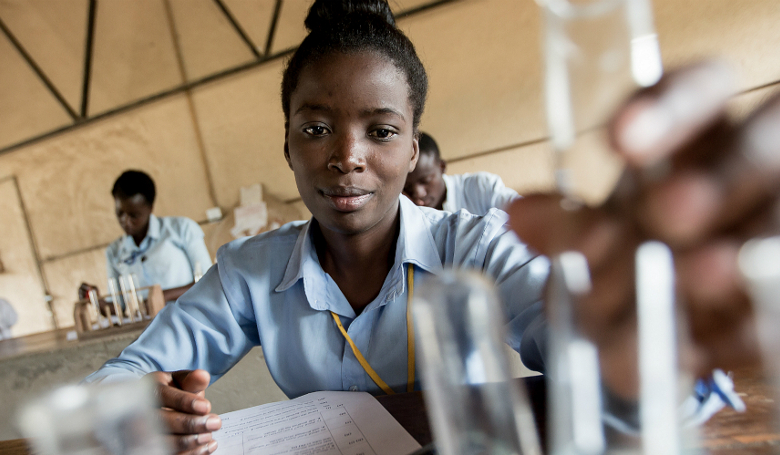On 11 February 2019, the United Nations, partners worldwide, women and girls will mark the International Day of Women and Girls in Science. Why does it matter?
In a message for the International Day for Women and Girls in Science, Phumzile Mlambo-Ngcuka, Executive Director of UN Women and Audrey Azoulay, Director-General of UNESCO highlight the importance of encouraging a new generation of women and girl scientists to tackle to major challenges of our time.
Recent studies suggest that 65 per cent of children entering primary school today will have jobs that do not yet exist. While more girls are attending school than before, girls are significantly under-represented in STEM subjects in many settings and they appear to lose interest in STEM subjects as they reach adolescence.
Debunking the myths that girls do not like the sciences and other and gender stereotypes, along with investment in teacher trainings, gender-responsive technology and innovation can reverse these trends.
With Sustainable Development Goal 9, part of the Global Goals that world leaders agreed to in 2015 with a deadline of 2030, countries around the world have pledged to “build resilient infrastructure, promote inclusive and sustainable industrialization and foster innovation”.
Yet, a look at where funding is allocated a different picture. At present, only 1.7 per cent of the global GDP is dedicated for research and experimental development.
Read more about the day on the UN Women's website.











